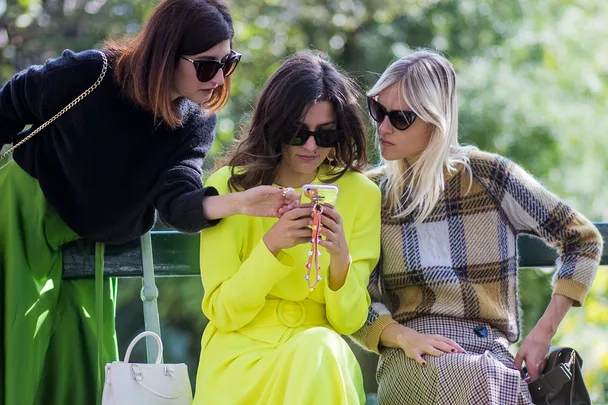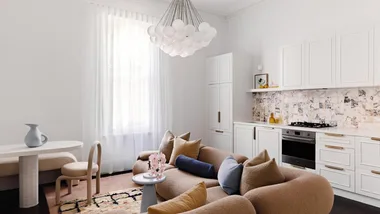According to research, a staggering 90 per cent of Sydney women feel unsafe at night, but now a new ground-breaking map can help pinpoint areas to avoid.
Last month, Plan International Australia in collaboration with CrowdSpot and Monash University, launched a map, called Free To Be, which called for women aged 18-35 to pinpoint the locations where they felt safe and unsafe.
The map, which has so far received almost 3,000 responses, revealed Kings Cross, George Street (especially around Town Hall), Pyrmont Bridge, King Street and Wentworth Park as unsafe spots.

“There’s an assumption that Australian cities are safe and welcoming for girls and women,” Plan International Australia CEO Susanne Legena said when they launched the map last month. “When you have 90% of young women in Sydney telling us the city is unsafe for them at night and many of those opting out of going out altogether, it is clear this is certainly not the case.”
Plan International’s research also found that overwhelmingly, women feel unsafe on Sydney’s public transport at night (92 per cent), with half reporting personal experience of harassment on Sydney streets (49 per cent).
Map responses so far have supported these statistics, with clusters of pins around the bus and train stops at Central, St. Peters, Blacktown and Parramatta stations.
On the positive side however, women reported feeling happiest at Circular Quay – with ferries ranking highly -as well as Central Park, UNSW and Macquarie University campuses, McIvor Baths Coogee and Oxford Street.
The Sydney map follows the Melbourne version, which launched in 2016.
“What surprised us about the Melbourne map was the scale and severity of incidents described by young women and just how common those were, whether it’s stalking, intimidation, being cat-called and even serious assaults,” Ms Legena says. “We expect we’ll see a similar result in Sydney.”
“We want to bring the issue into the light and send a message that, actually, it’s not okay, it should never be just tolerated as a part of the normal day to day female experience, and something has to be done to shift the culture that allows this behavior to thrive.”










